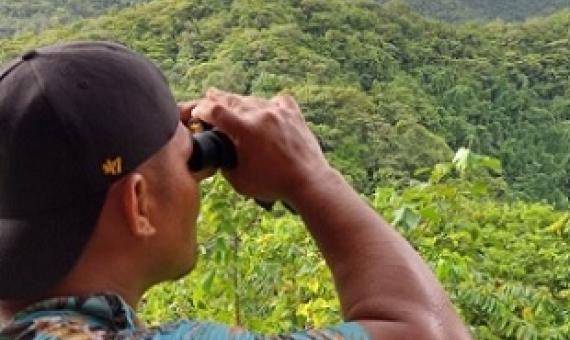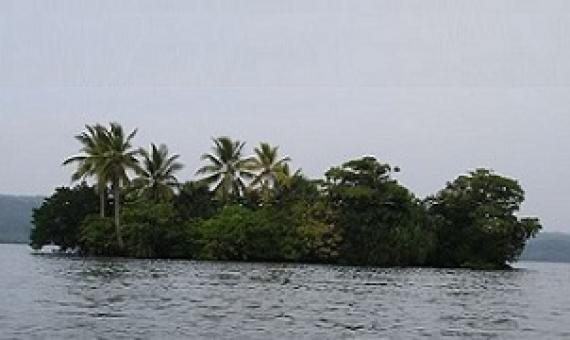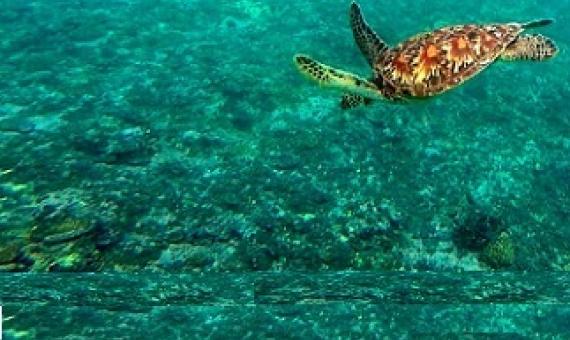Video - Introduction to SPREP's Regional Marine Species Programme
The Pacific Islands Regional Marine Species Programme (Marine Species Programme, or PIRMSP) is a regional strategy for the cooperative conservation and management of dugongs, marine turtles, whales and dolphins, sharks and rays, and seabirds. The programme is designed to support SPREP Pacific island countries and territories, excluding metropolitan countries, through a series of action plans.










